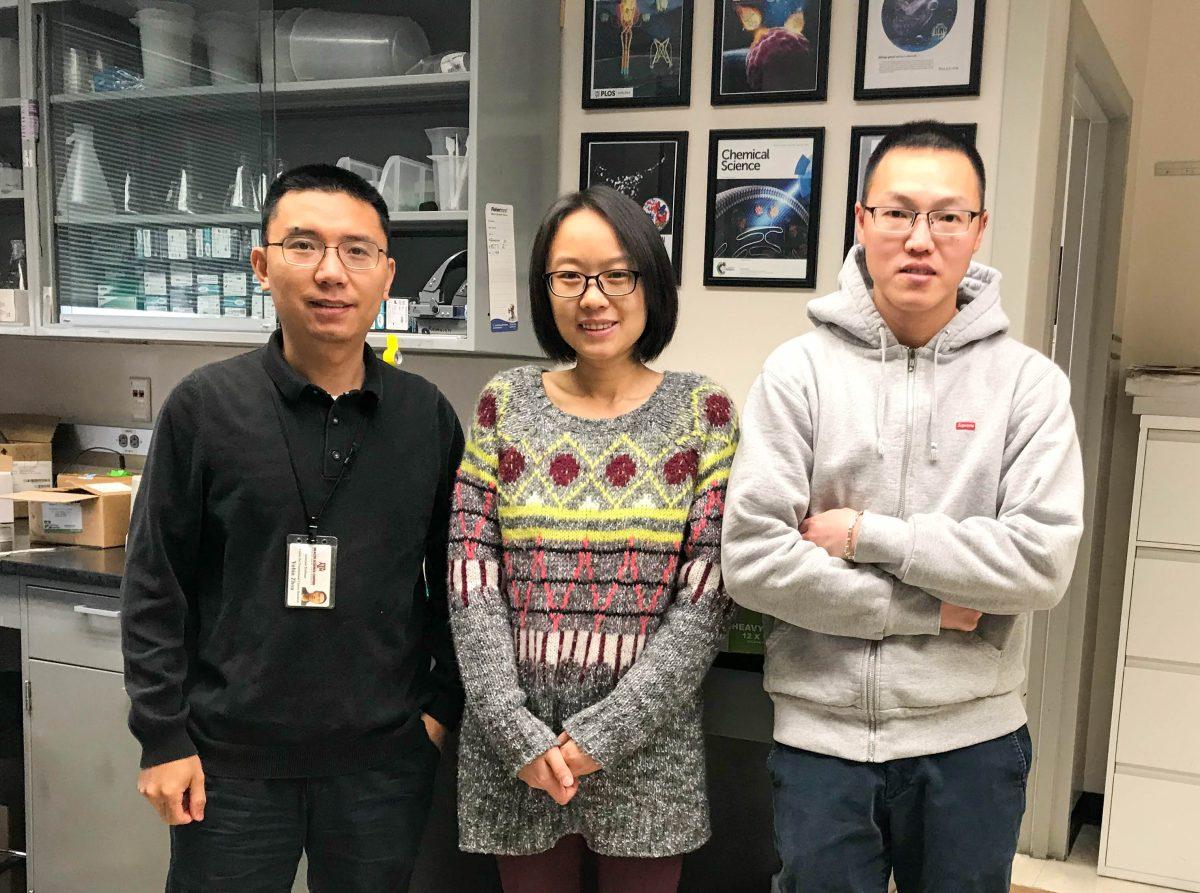In January, associate professor Yubin Zhou and his research team at the Texas A&M Institute of Biosciences and Technology in Houston published their research about treating glioblastoma, one of the most common types of brain tumors.
Zhou and his team focused their research on creating and testing a compound that can fight drug resistant tumors and travel across the blood-brain barrier to suppress tumor growth. Zhou said to move further in their research more tools and clinical studies will need to be done to see if this research can be translated to directly benefit patients in the clinical settings.
“For this particular line of research I established my lab back in 2013 so I started working on this [for about] six years,” Zhou said. “[Glibostoma] is very difficult to be treated because even if you are receiving chemotherapy or surgery, you will damage the normal brain tissues so the patient will suffer a lot of side effects from surgery. There’s a critical need in the clinic to [develop] more use for leading compounds [that] can be used to kill the brain cancers.”
Zhou said his team first started with target therapy, focusing on calcium, urine and fat pathways since brain cancers are addicted to these pathways and there are highly expressed proteins in this pathway for cancer patients. The team monitored calcium and the downstream transcription factor to monitor nuclear factor activated t-cells (NFAT), to see if translocation of NFAT from the cytoplasm to the nucleus can be blocked.
Postdoctoral fellow Peng Tan said the team is focusing on the transcriptional factor NFAT. The transcriptional factor is regulated in the tumor so the team is working to develop a drug screening platform to target it.
“We labeled the transcriptional factor, NFAT, with GFP, a fluorescent protein and then we can checked the location of the NFAT,” Tan said. “In the tumor cells, the NFAT is always activated. Most of the cancer cells, they have nucleus localized NFAT. We developed an imaging-based screening platform to screen small molecules that can suppress the nuclear entry of NFAT.”
Using high content images, research tools and platforms, the team was able to identify leading compounds that effectively blocked the NFAT pathway. After screening, the compound YZ129 seemed to be the most successful, according to postdoctoral fellow Lian He. These compounds will then be added into brain cancer cells to see if it can kill cancer cells.
“We screened a lot of the compounds to find the effective candidate then we modify the candidate and do multiple rounds of screening to find the most potent one, namely YZ129,” He said. “Then we did some in vivo studies with animal models to test this drug candidate.”
Next, the team moved onto animal models by generating mouse models of brain cancer. After the mice developed a tumor mass, they were injected with compounds to see if the tumor would shrink. After this was successful, the team published their findings. The team is looking to apply for a patent and commercialize their compound.
“A lot of the time, I feel very frustrated because some patients cannot be treated by existing tools or pharmaceutical or therapeutics,” Zhou said. “That inspired me to do more basic research, basically contriving the discovery of new therapies. This is just the beginning of the promise of the future here.”
Research team discovers new compound that could treat glioblastoma
March 21, 2019
Photo by Provided
Pictured left to right, Yubin Zhou, Lian He and Peng Tan have all contributed years of research to fighting glioblastomas.
Donate to The Battalion
Your donation will support the student journalists of Texas A&M University - College Station. Your contribution will allow us to purchase equipment and cover our annual website hosting costs.




















